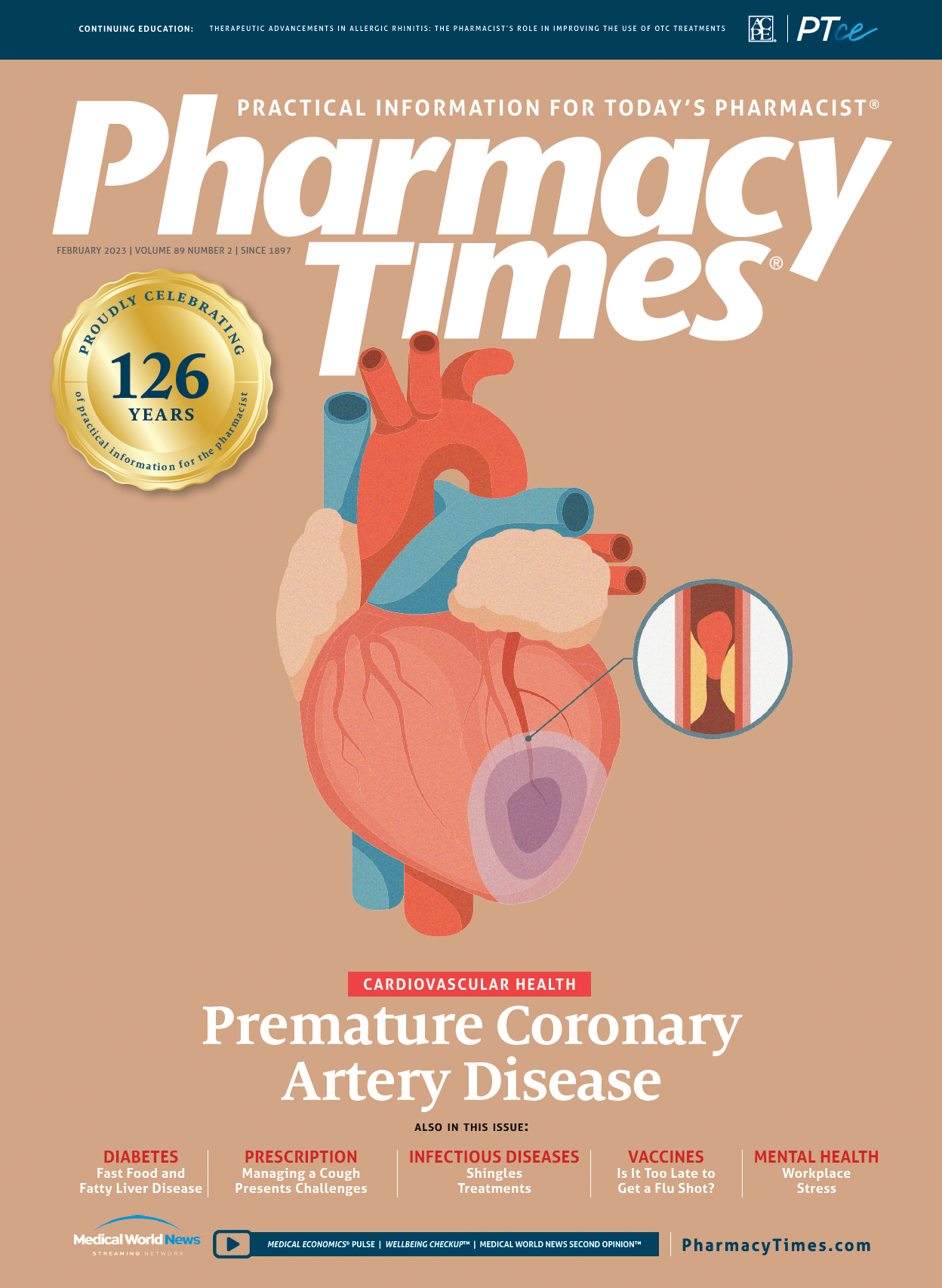Publication
Article
Pharmacy Times
Interactive Case Studies- February 2023
Author(s):
Cases discuss patients with medication allergies and drug interactions.
Case 1
DD is a 67-year-old man who has been hospitalized for the past few weeks for complications related to a bad fall. He had developed high white blood cell counts, an increasing fever, and other signs of infection. DD has a documented life-threatening sulfa allergy. The team ordered empiric cefepime and vancomycin. Two days later, culture results indicated that the bacterium Stenotrophomonas maltophilia was causing the suspected pneumonia. The hospital, worried about this uncommon bacterium, calls the pharmacy for recommendations for treatment.
Question: What should the pharmacist recommend?
Answer: S maltophilia is a rare, gram-negative bacterium that can be life-threatening. It is an emerging global opportunistic pathogen, and it most commonly occurs as a nosocomial pneumonia infection but can be a normal colonizer in the respiratory tract. The first-line treatment is co-trimoxazole because of common sensitivity and its strong ability to treat S maltophilia. However, because of DD’s life-threatening sulfa allergy, co-trimoxazole is contraindicated.1 As a result, the pharmacist should recommend levofloxacin (Levaquin), which is a frequently used second-line agent. Levofloxacin is reported to have similar treatment success rates, but the guidelines do not recommend levofloxacin as first-line treatment because of common, overuse-related quinolone resistance. Data indicate that patients who are not quinolone naïve, such as those with cystic fibrosis, have less treatment success when using quinolones compared with co-trimoxazole.
Case 2
ME, a 41-year-old man, was diagnosed with HIV approximately 6 years ago. His antiretroviral therapy regimen includes darunavir/cobicistat (Prezcobix) and dolutegravir (Tivicay). After reviewing ME’s recent laboratory results, the physician diagnoses diabetes and hypertension and prescribes metformin 500 mg twice daily and lisinopril 5 mg daily. The physician also recommends lifestyle changes for the patient, including more physical activity. ME has difficulty breathing and wheezes throughout the day, and physical activity makes it worse. The physician prescribes fluticasone and albuterol for the patient’s persistent asthma. Approximately 2 weeks later, the patient presents to the emergency department for significant fatigue and nausea. Upon examination, the physician notices purple stretch marks on ME’s skin and several small bruises. She also notices that ME has developed a moon facies and a hump between his shoulders. The physician suspects a drug interaction.
Question: What should the pharmacist recommend?
Answer: Inhaled corticosteroids (fluticasone) and pharmacokinetic boosters (darunavir/cobicistat) are known to interact. ME’s reaction originated from a cytochrome P450 3A4 interaction between cobicistat and fluticasone. The interaction increases cortisol levels within the body while inhibiting its clearance, leading to adrenal suppression. As a result, ME developed Cushing syndrome.2 Bruising easily, a fatty hump between the shoulders, and moon facies are common presentations of the disease. Patients with HIV are susceptible to a considerable number of drug interactions, because they are likely to develop comorbidities as they age. It is important to review a patient’s medical history before initiating new medications. To avoid this reaction, the preferred alternative to fluticasone is beclomethasone. Pharmacists can use the free Liverpool HIV Drug Interactions Checker to identify medications that should not be coadministered with antiretroviral therapy regimens.
References
- Co-trimoxazole. Health Hub. Updated July 2021. Accessed January 26, 2022. https://www.healthhub.sg/a-z/medications/174/Co-Trimoxazole
- Elliot ER, Theodoraki A, Jain LR, et al. Iatrogenic Cushing’s syndrome due to drug interaction between glucocorticoids and the ritonavir or cobicistat containing HIV therapies. Clin Med (Lond). 2016;16(5):412-418. doi:10.7861/clinmedicine.16-5-412
About the Authors
Dylan Decandia and Karisse Lora are PharmD candidates at the University of Connecticut School of Pharmacy in Storrs.
Jeannette Y. Wick, MBA, RPh, FASCP, is the director of pharmacy professional development in the Department of Pharmacy Practice at the University of Connecticut School of Pharmacy in Storrs.

Newsletter
Stay informed on drug updates, treatment guidelines, and pharmacy practice trends—subscribe to Pharmacy Times for weekly clinical insights.





